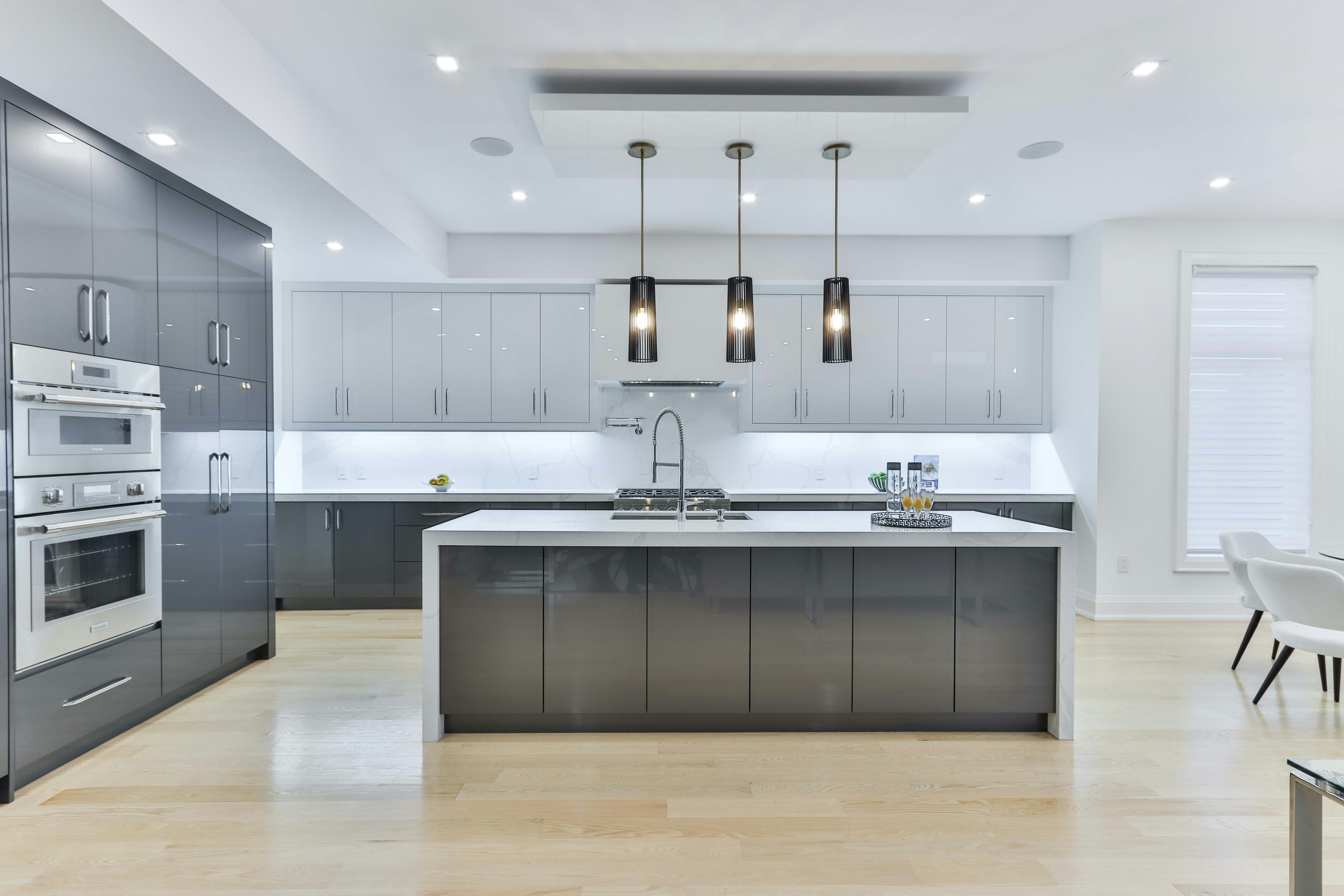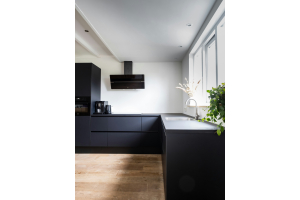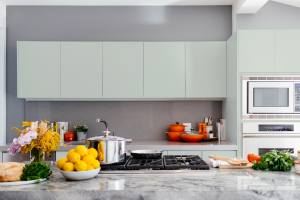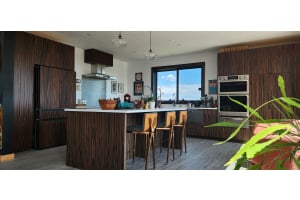
When it comes to upgrading your kitchen, many homeowners wonder if frameless cabinets are more expensive. The answer isn't straightforward, as it largely depends on various factors, including materials, finishes, and the overall design.
Frameless cabinets, known for their sleek and modern appearance, typically offer a more open feel and greater accessibility than traditional framed cabinets. However, the cost of custom kitchen cabinets can vary widely, often leading to confusion over which option provides better value for your investment.
In this article, we'll dive into the differences between framed cabinets and frameless options, exploring the cost implications of each. By understanding the factors that contribute to the pricing of kitchen cabinets, you can make an informed decision that aligns with your budget and aesthetic preferences.
Whether you're looking for luxury, functionality, or a balance of both, knowing what to expect in terms of costs will help you create the kitchen of your dreams!
Why Can Frameless Cabinets Be Higher Priced?
Cabinets come in multiple price brackets, with MDF and imitation wood or laminated wood-effect boards being the cheapest options. The issue is that thin cabinetry deteriorates much faster and can dent and chip.
Solid natural wood timbers are highly preferred because they are built to last for years and will provide a tactile finish. Unsure how to install frameless cabinets? The wall-fitting process is much the same, but the thicker panels can be heavier to lift and install.
Frameless cabinets can be slightly higher priced because they are normally designed and produced with specialized equipment, premium fittings and high-quality craftsmanship. However, modern, functional, and stylish frameless kitchens are available for any budget.
For example, our Bleached Oak Modern Kitchen features soft-close drawers and solid drawer boxes, a stunning gloss lacquer finish, and popular European-style frameless cabinets, starting at $3,100. This is extraordinary value for precision engineering and superior materials.
Comparing the Costs of Face-Framed Versus Frameless Kitchens
On average, the difference between a basic kitchen cabinetry service and a fully fitted frameless kitchen for a standard ten-square-foot space is around $1,000, depending on whether you employ a contractor to build and install your cabinets or undertake the work yourself.
Most fitted kitchen cabinetry costs between $6,750 and $9,950, but of course, numerous factors could make your new kitchen more or less expensive, including the following:
- Preparatory work includes removing old units, repairing stud walls, leveling flooring, and replacing broken tiling or splashbacks.
- The size of your kitchen, the number of cabinets you require, and how many are base units (placed on the floor) or wall mounted.
- Your style preferences, cabinet quality, and the materials selected. Solid wood cabinets provide the best durability for kitchen spaces, but MDF can be low-cost, provided you acknowledge it will need replacing in a few years.
The cabinet styles are similar to install, although frameless cabinets need to be fitted to even, level walls. Quality engineering is also important because the timbers used to build a frameless cabinet must be solid and strong.
Basic framed cabinets are often built from low-cost materials, such as MDF or particle board, and use the framing system to provide stability. However, a frameless cabinet is a streamlined, single unit, so the wood needs to be natural timber rather than lighter-weight compressed materials.
How to Choose the Best Cabinets for Your Kitchen
Every home is unique, and the right units, style, and finish will depend on your budget and the look you'd like to achieve. It would help if you also considered your kitchen layout and sizing.
Frameless cabinets have greater space per unit because there is no internal frame eating into the dimensions. Compact kitchens are often fitted with frameless units because a slimmer profile model can provide the same amount of storage as a roughly 15% larger framed unit.
Here are some tips if you're wanting to manage your kitchen budget but want to source the best-quality cabinets possible:
- Independent, specialist retailers are almost always more cost-effective and provide a better service than big box stores. Cabinet makers focusing on quality over quantity produce units with expertise and ensure your kitchen will remain in superb condition.
- Take accurate measurements and double-check them! One of the common reasons kitchens come in over budget is that units have been ordered at the incorrect size.
- Think about every element of how you use your kitchen. Another error is ordering a unit that opens the wrong way or hanging doors to the left when they must open to the right to avoid blocking an appliance or another drawer.
Kitchen cabinet quality can make a considerable difference to the value of your home and the functionality of your kitchen space. Choosing premium solid woods and natural veneers will ensure your remodeling project provides the visual impact you would like without needing to replace cabinets in a short timeframe.





